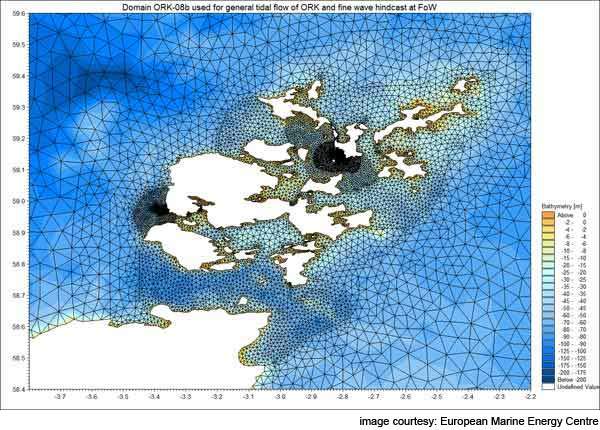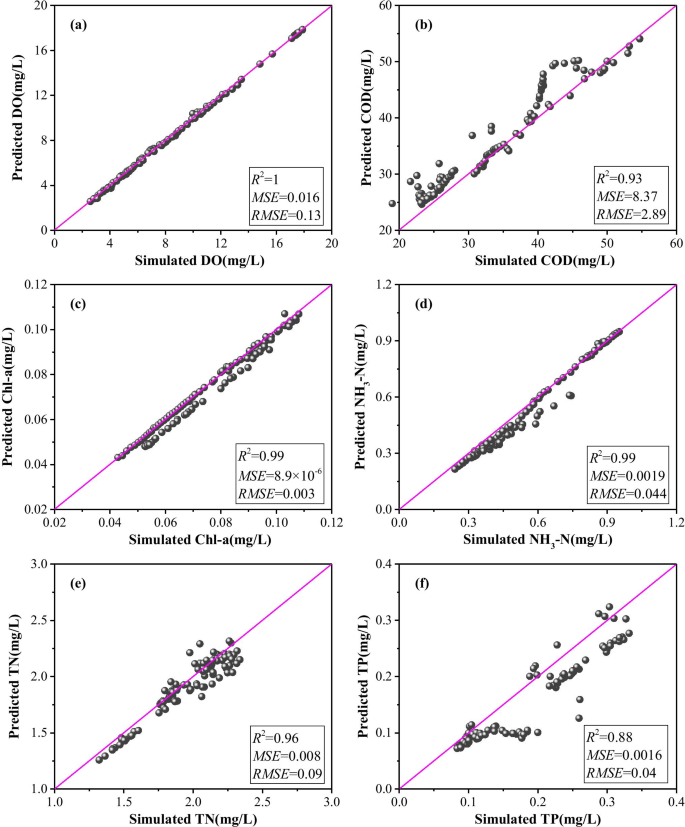

Furthermore, this work collated central themes of interest and the most simulated parameters for the seven countries that most frequently employed the water quality models.Ībbaspour KC, Rouholahnejad E, Vaghefi S, Srinivasan R, Yang H, Kløve B (2015) A continental-scale hydrology and water quality model for Europe: calibration and uncertainty of a high-resolution large-scale SWAT model. This study provides the opportunity for researchers, who wish to study countries with fewer cases of applied water quality models, to easily identify the work from that region. SWAT was the most used model, followed by the QUAL group and CE-QUAL-W2. The countries most frequently applying water quality models are the USA, followed by China, and South Korea. Seven models for water quality simulations have been widely applied around the world: AQUATOX, CE-QUAL-W2, EFDC, QUALs, SWAT, SPARROW, and WASP. Published studies from the last 21 years (1997–2017) that discuss the application of water quality models were selected from three engineering databases: SpringerLink, Web of Science, and Scopus. With consideration to these discrepancies, the goal of this study is to identify the models employed in different countries and assist researchers in the selection of the most appropriate models for management purposes. Thus, applying these models in regions other than those they were designed for can generate large simulation errors. The models are usually developed for specific regions, with particular climates and physical characteristics. Le développement de nombreuses approches de modélisation et de logiciels, commerciaux aussi bien qu'académiques, reflète l'importance croissante et l'intérêt de l'évaluation environnementale des océans cette revue discute les tendances futures de développement dans ce domaine.Water quality models are important tools used in the management of water resources. On analyse les avantages et la limitation des principales méthodes mathématiques et leur fonctionnalité, ainsi que la disponibilité de logiciels. Les auteurs passent en revue les techniques de modélisation associées à la dispersion des eaux usées déchargées lors de rejets au large des côtes, selon le type de la méthode, et le processus physique de la décharge océanique, tel le modelage de champ rapproché et de champ éloigné.


Dans l'application de ces méthodes, on a développé divers modèles pour traiter des problèmes de rejets dans l'océan. Les méthodes de modélisation spécialisées ont été utilisées pour simuler la dispersion de polluants marins provenant de rejets au large des côtes incluant des méthodes analytiques, la méthode de suivi des particules, la différence définissable et les solutions élémentaires définissables pour résoudre les équations d'advection–diffusion, ainsi que les méthodes intégrales de jet. On a étudié les techniques de modélisation de la pollution marine depuis des décades. This review also discusses future trends for development in this field. The development of numerous modelling approaches and software, both commercial and academic, reflects the growing importance and interest in ocean environmental assessment. The advantages and limitations of the major mathematical methods are analyzed, as well as their functionality and the availability of modelling software. This paper reviews modelling techniques associated with simulation of wastewater dispersion discharged from offshore outfalls based on type of method and the physical process of the ocean discharge, such as near-field and far-field modelling. In the application of these methods, various models have been developed to address ocean discharge problems. These include empirical and analytical methods, particle tracking method, finite difference and finite element solutions for solving the advection–diffusion equations, and jet integral methods. Specialized modelling methods have been used to simulate pollutant dispersion resulting from offshore outfall. Techniques for modelling marine pollution have been studied for decades.


 0 kommentar(er)
0 kommentar(er)
